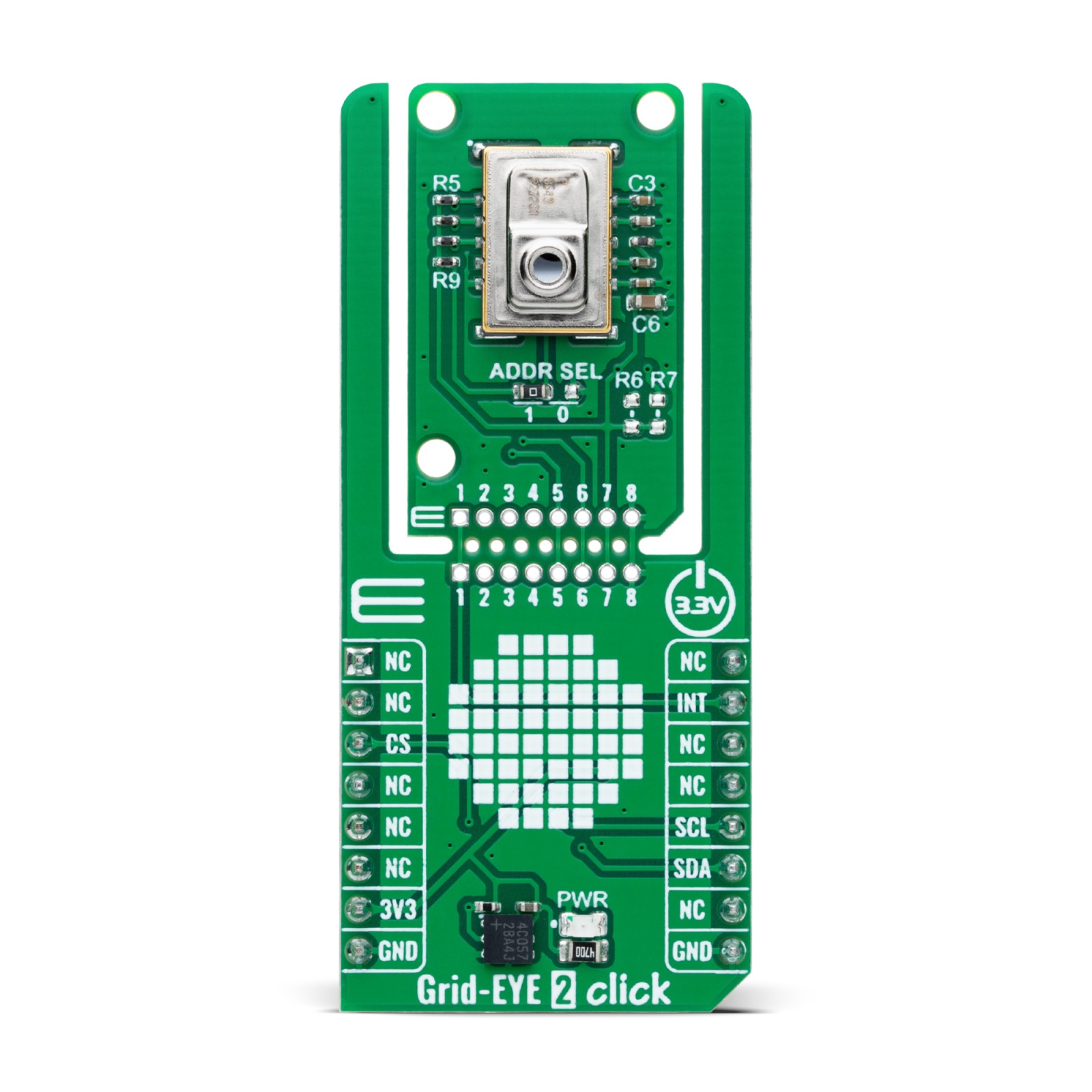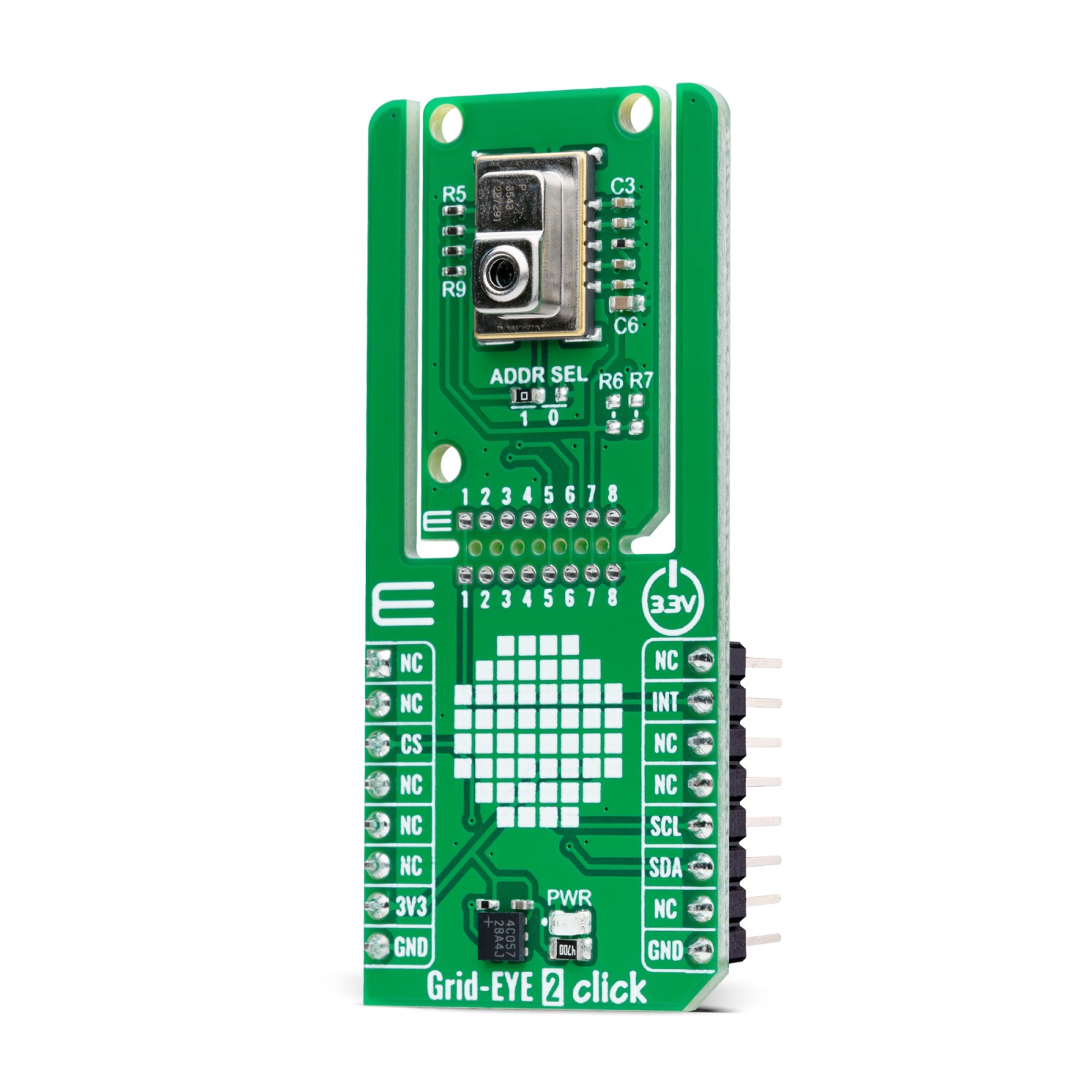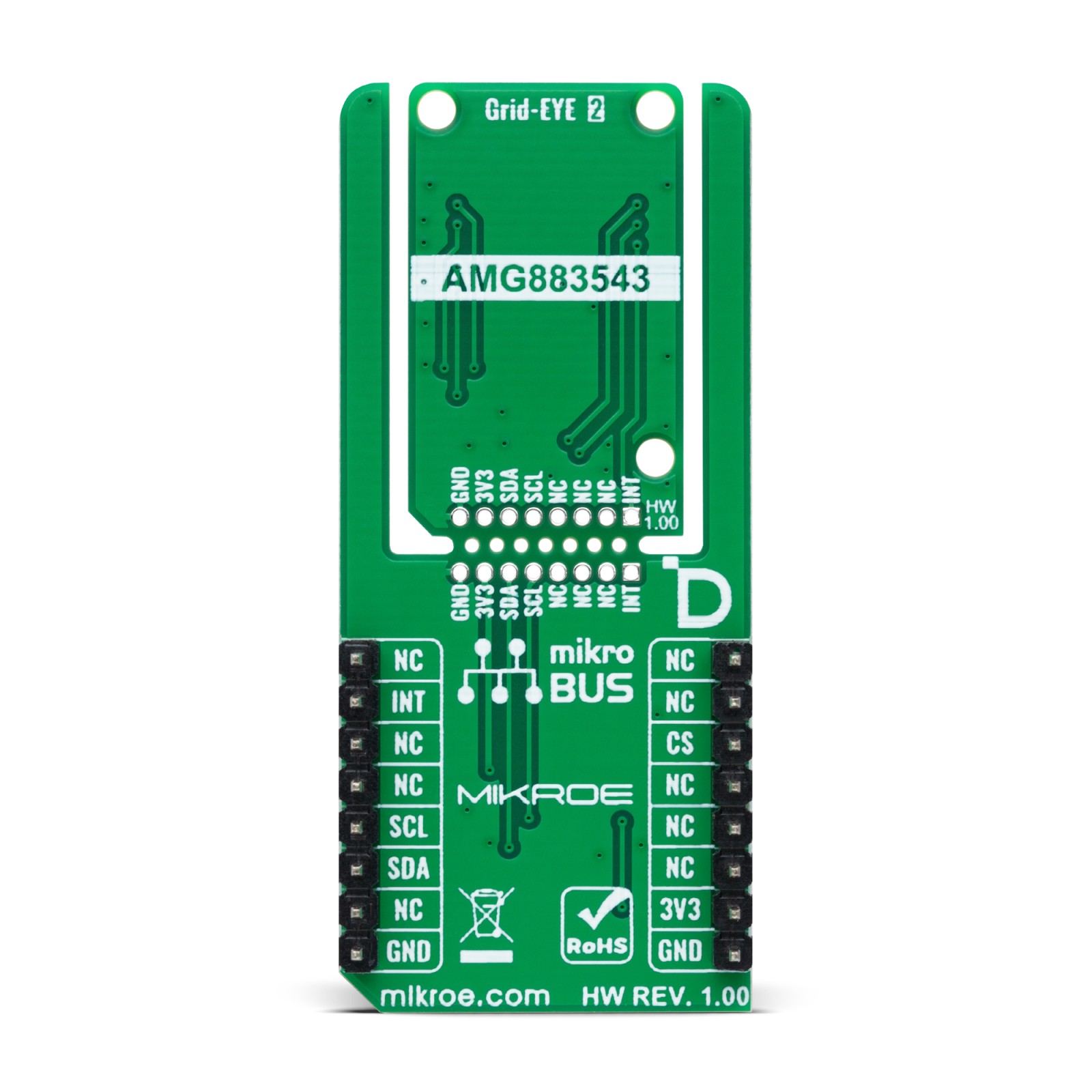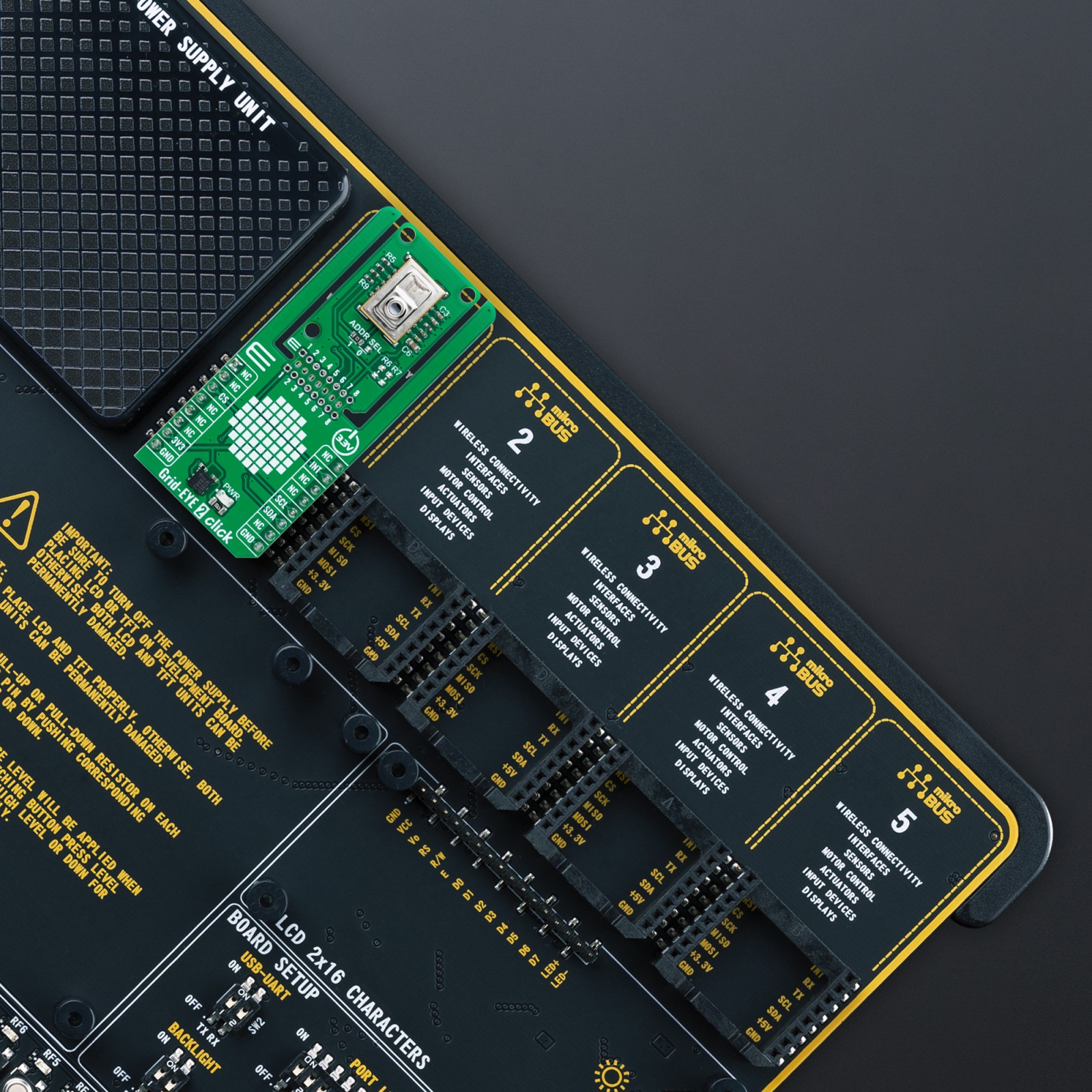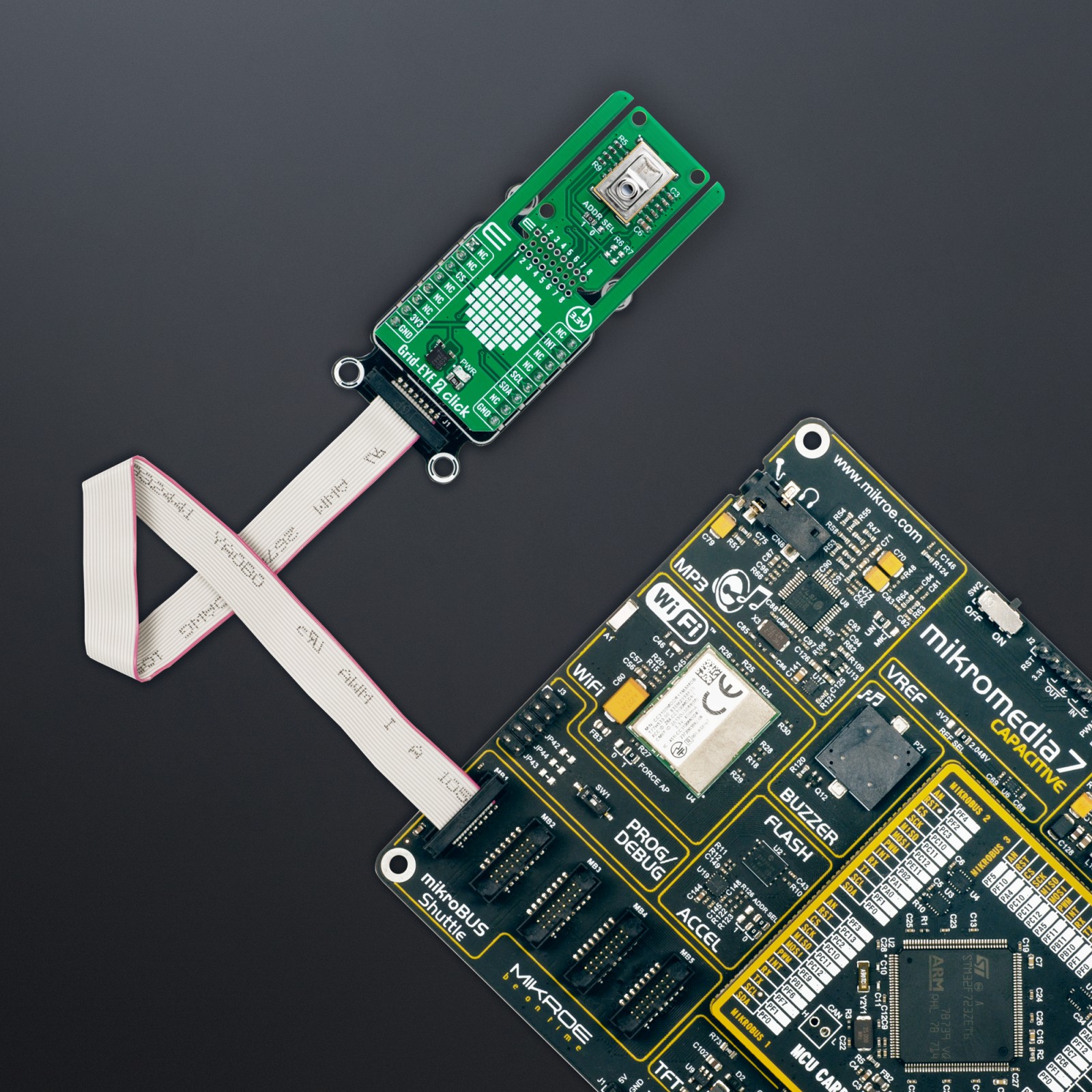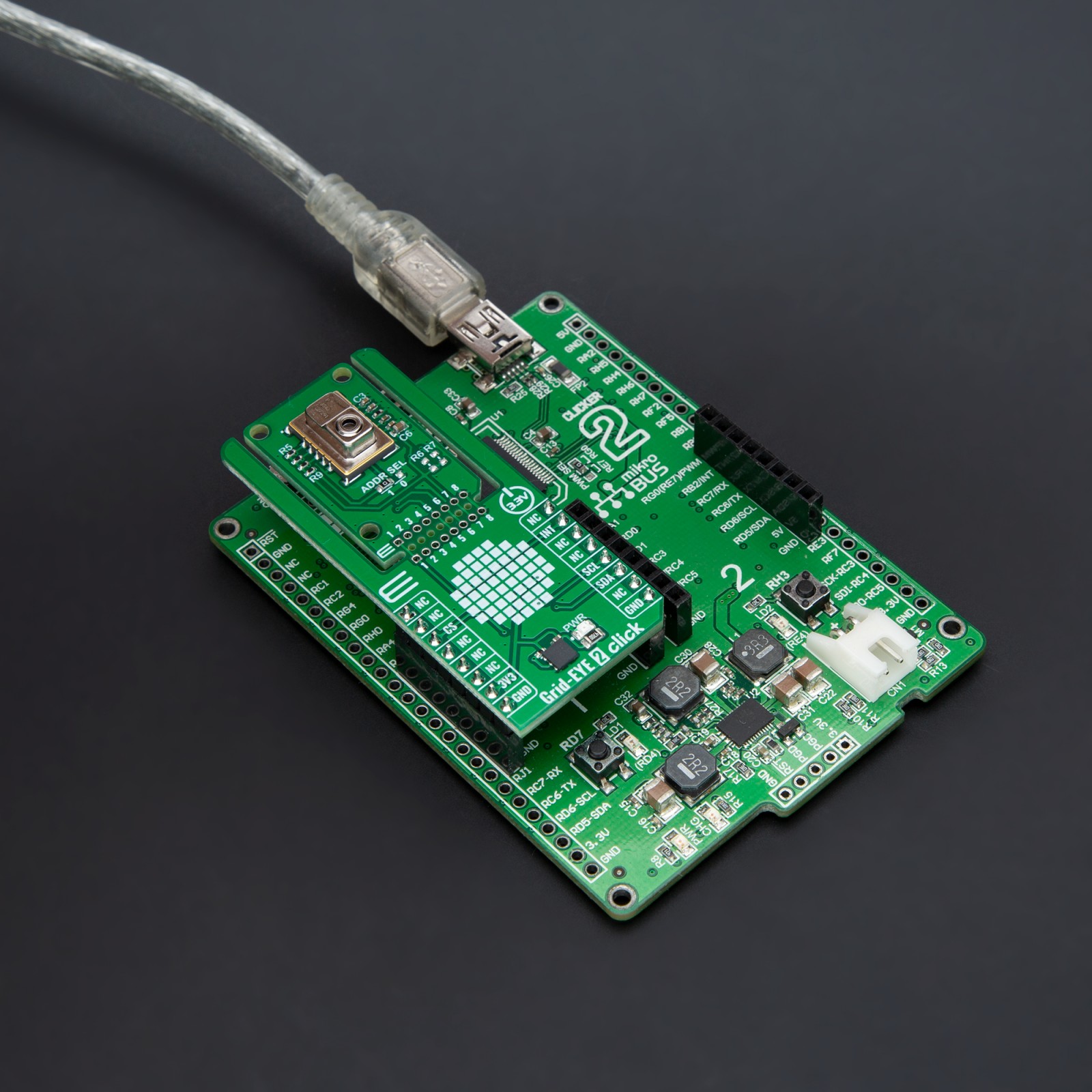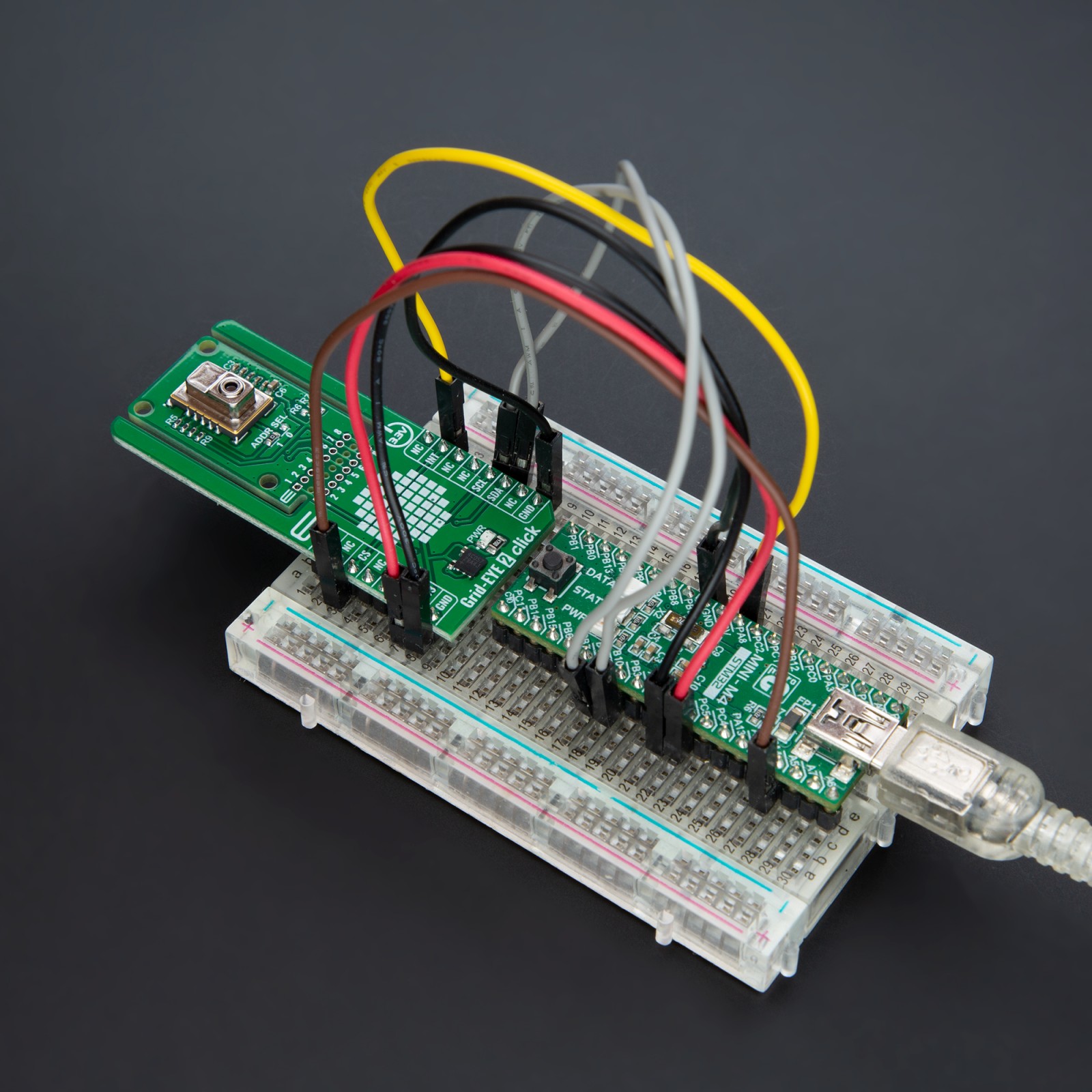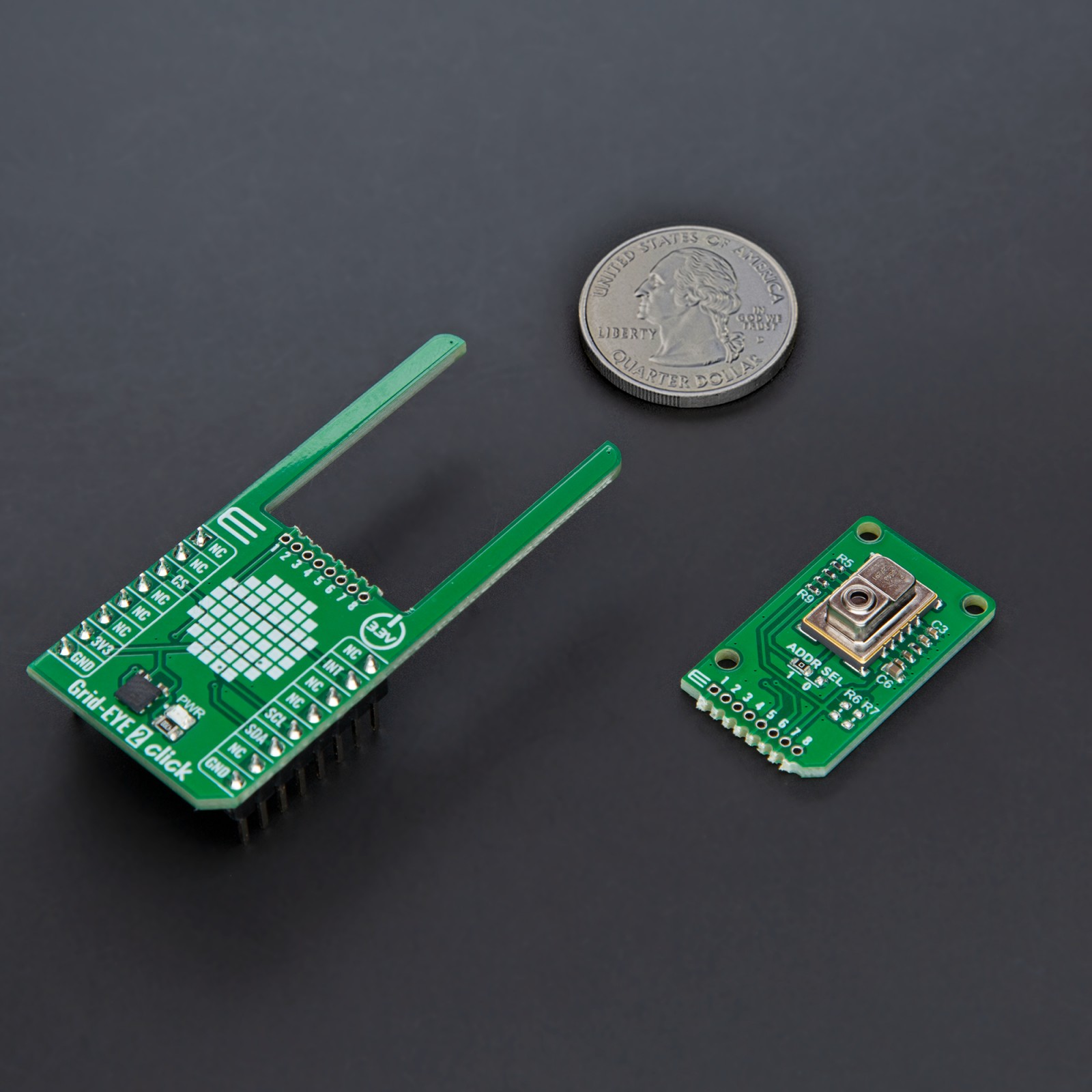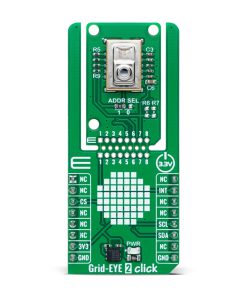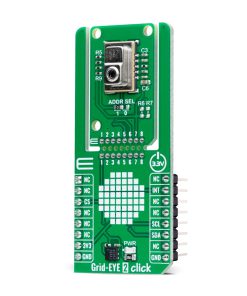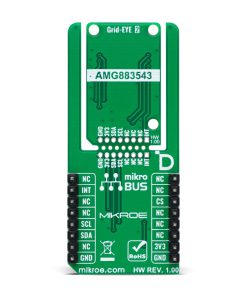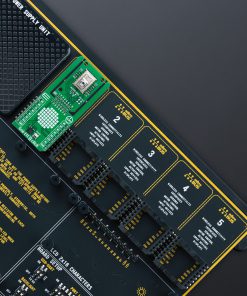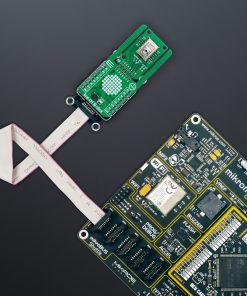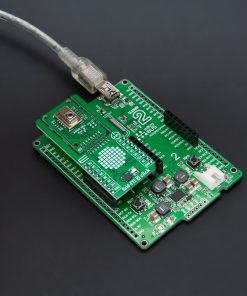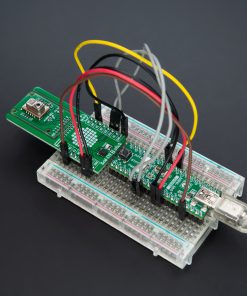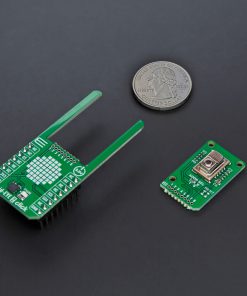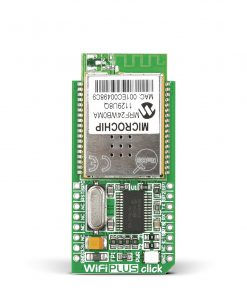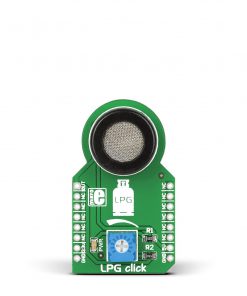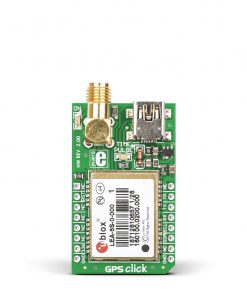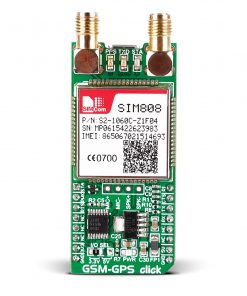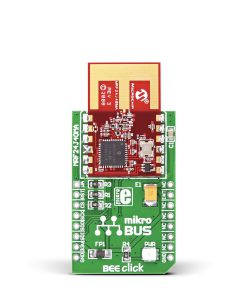-
×
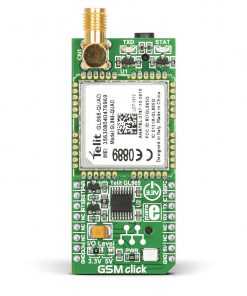 GSM Click
2 ×
GSM Click
2 × R1,100.00R990.00 -
×
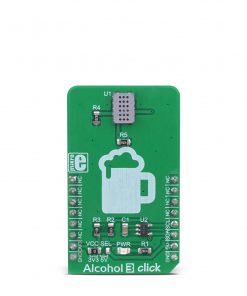 Alcohol 3 Click
1 ×
Alcohol 3 Click
1 × R715.00R643.50 -
×
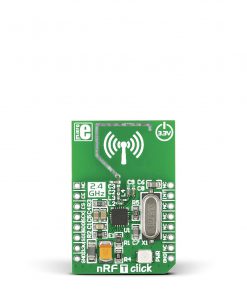 nRF T Click
1 × R210.00
nRF T Click
1 × R210.00 -
×
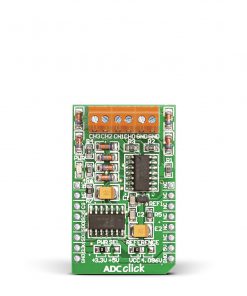 ADC Click
2 ×
ADC Click
2 × R545.00R490.50 -
×
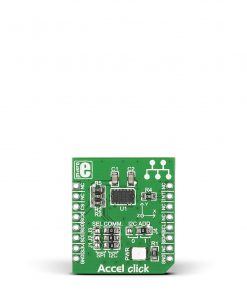 Accel Click
1 ×
Accel Click
1 × R360.00R324.00 -
×
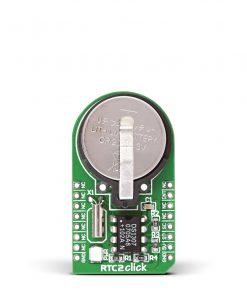 RTC 2 Click
2 ×
RTC 2 Click
2 × R470.00R423.00 -
×
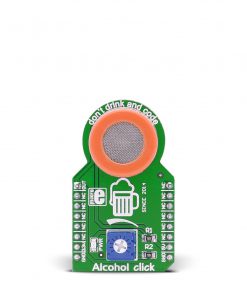 Alcohol Click
1 ×
Alcohol Click
1 × R340.00R306.00 -
×
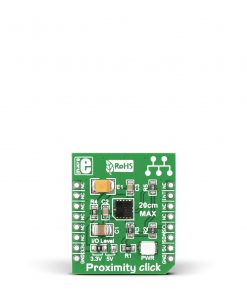 Proximity Click
1 × R225.00
Proximity Click
1 × R225.00 -
×
 DAC Click
1 ×
DAC Click
1 × R415.00R373.50 -
×
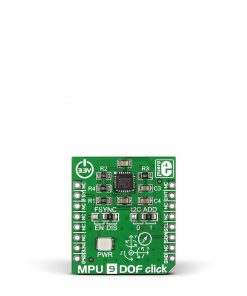 MPU 9DOF Click
1 × R555.00
MPU 9DOF Click
1 × R555.00 -
×
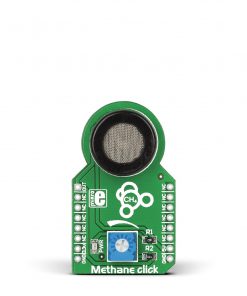 METHANE Click
1 ×
METHANE Click
1 × R340.00R306.00 -
×
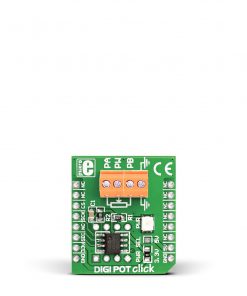 DIGI POT Click
1 ×
DIGI POT Click
1 × R380.00R342.00 -
×
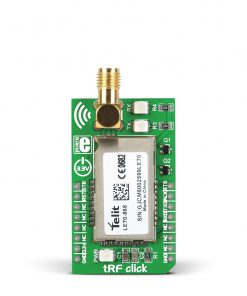 tRF Click
2 ×
tRF Click
2 × R1,100.00R990.00 -
×
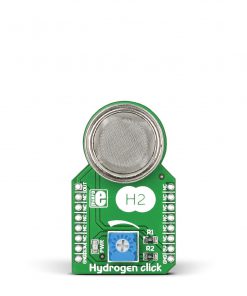 HYDROGEN Click
1 ×
HYDROGEN Click
1 × R340.00R306.00 -
×
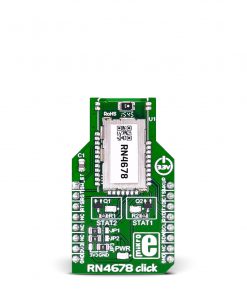 RN4678 Click
1 ×
RN4678 Click
1 × R870.00R783.00 -
×
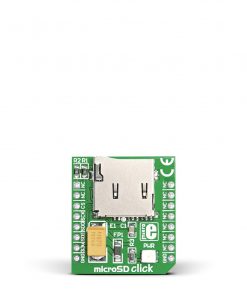 microSD Click
1 × R360.00
microSD Click
1 × R360.00
Subtotal: R10,521.00

